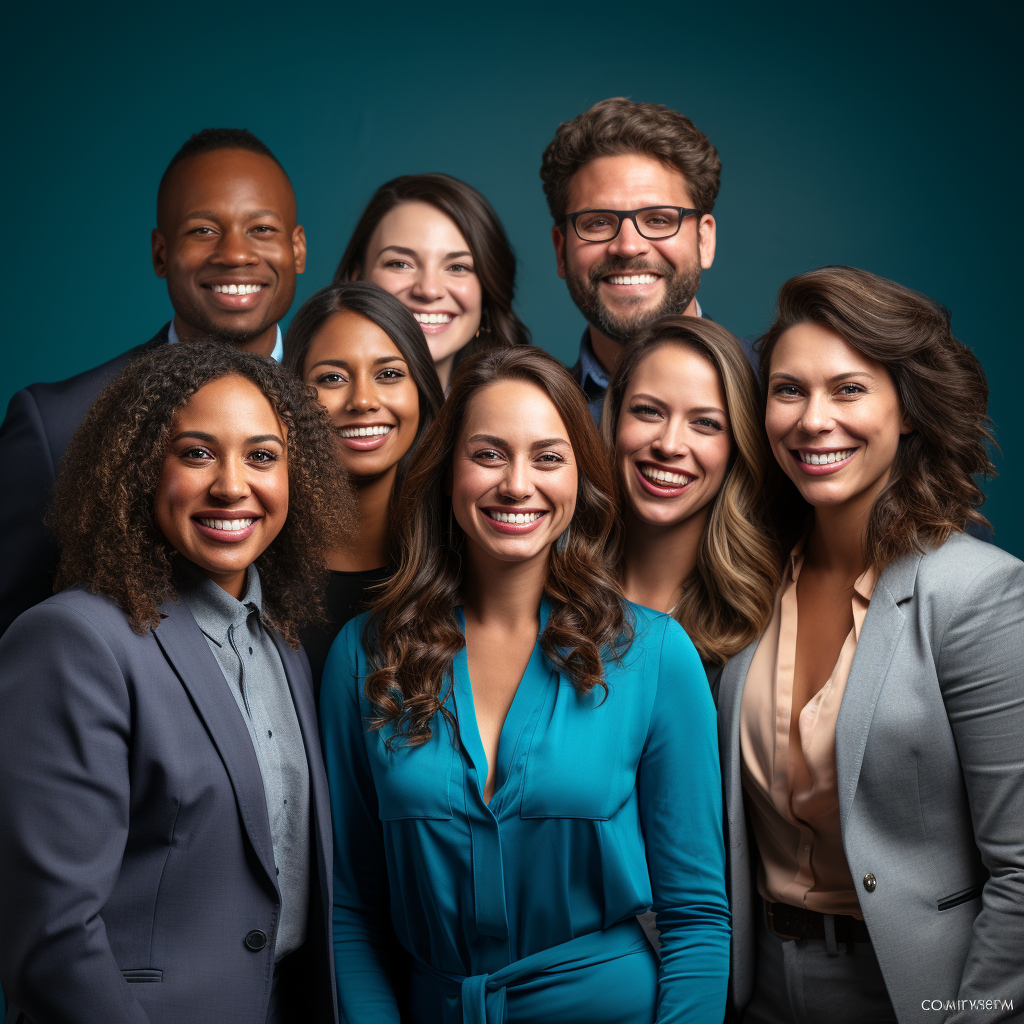1. Definition and Overview
Salary Negotiations refer to the discussions that take place between an employer and a potential or current employee regarding compensation. These negotiations aim to reach an agreement that reflects the candidate’s worth and experience while staying within the company’s budgetary constraints.
2. Examples of Salary Negotiations
- Tech Industry: A software developer with a unique skill set might negotiate a higher salary based on their specialization.
- Management Positions: A candidate for a managerial role may negotiate not only the base salary but also bonuses, equity, and other perks.
3. Key Statistics on Salary Negotiations:
- According to a survey by Salary.com, 66% of employers expected salary negotiations and were willing to negotiate, but 68% of workers accepted the salary they were first offered1.
- A Payscale report found that those who chose to negotiate could increase their salary by approximately $5,000 on average2.
4. Reasons for Salary Negotiations
- Candidate’s Unique Skill Set: Specialized skills can increase a candidate’s market value.
- Cost of Living: If the job is in an area with a high cost of living, candidates might negotiate for a higher salary.
- Comparative Offers: Candidates may have multiple job offers and will negotiate for the best package.
- Experience and Qualifications: Seasoned professionals may leverage their years of experience for better compensation.
5. Challenges in Salary Negotiations
- Budget Constraints: Companies have financial limits, which can make it challenging to offer competitive salaries.
- Market Fluctuations: Economic conditions can impact salary scales and negotiations.
- Internal Parity: Offering a higher salary to a new employee might create disparities and dissatisfaction among existing employees.
6. Solutions to Salary Negotiations
- Research: Companies should research industry standards and adjust their offers accordingly.
- Transparency: Be clear about the company’s constraints and the reasons for the offered package.
- Flexibility: Offer other benefits such as health insurance, bonuses, and flexible working hours if the company can’t provide a higher base salary.
- Performance-based Incentives: Link a part of the compensation to performance, ensuring that the employee’s and company’s goals are aligned.
7. MiaHire USA: Revolutionizing the Hiring and Negotiation Process
Navigating the complexities of salary negotiations requires an in-depth understanding of both the candidate’s capabilities and the company’s constraints. This is where MiaHire USA steps in with its transparent virtual interview platform.
MiaHire USA provides a comprehensive evaluation of candidates, ensuring that employers have all the information needed to make informed salary decisions. By making the hiring process more transparent, both employers and potential employees can enter salary negotiations with clarity. This transparency fosters trust, setting the stage for open and productive discussions about compensation.
8. Conclusion
Salary negotiations play a crucial role in ensuring that both the company and the candidate find common ground. While challenges exist, with research, transparency, and platforms like MiaHire USA, companies can navigate these discussions more effectively, ensuring that they retain top talent while staying within budgetary constraints.
References:
Footnotes
- Salary.com. “Salary Negotiation Statistics.” https://www.salary.com/ ↩
- Payscale. “The Power of Negotiation.” https://www.payscale.com/ ↩


